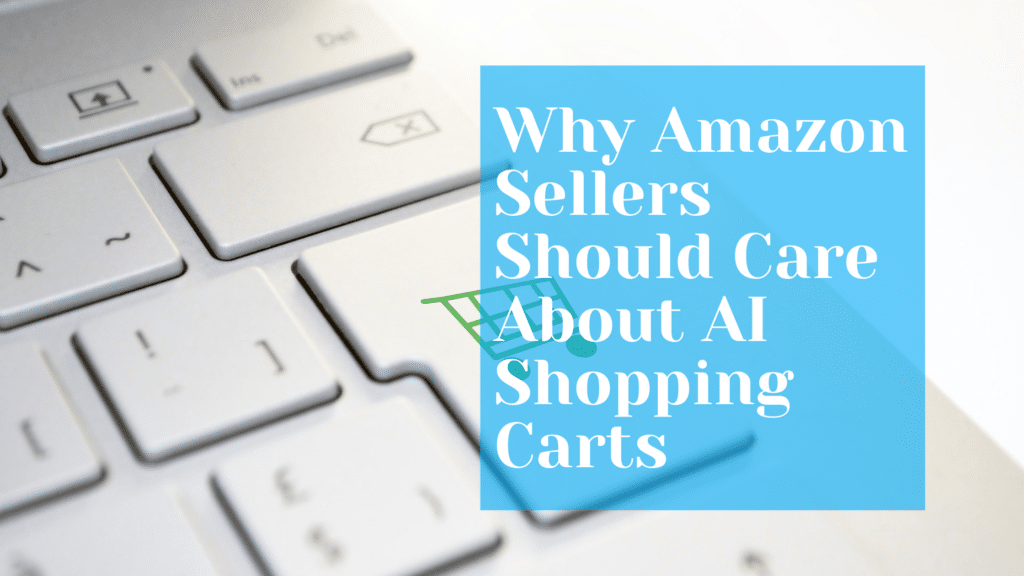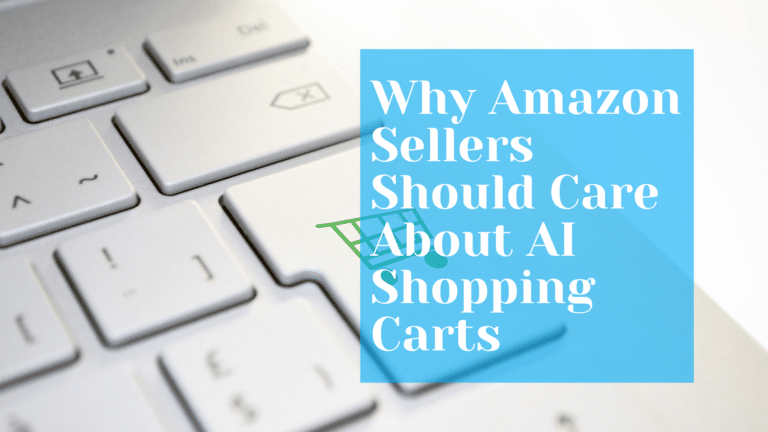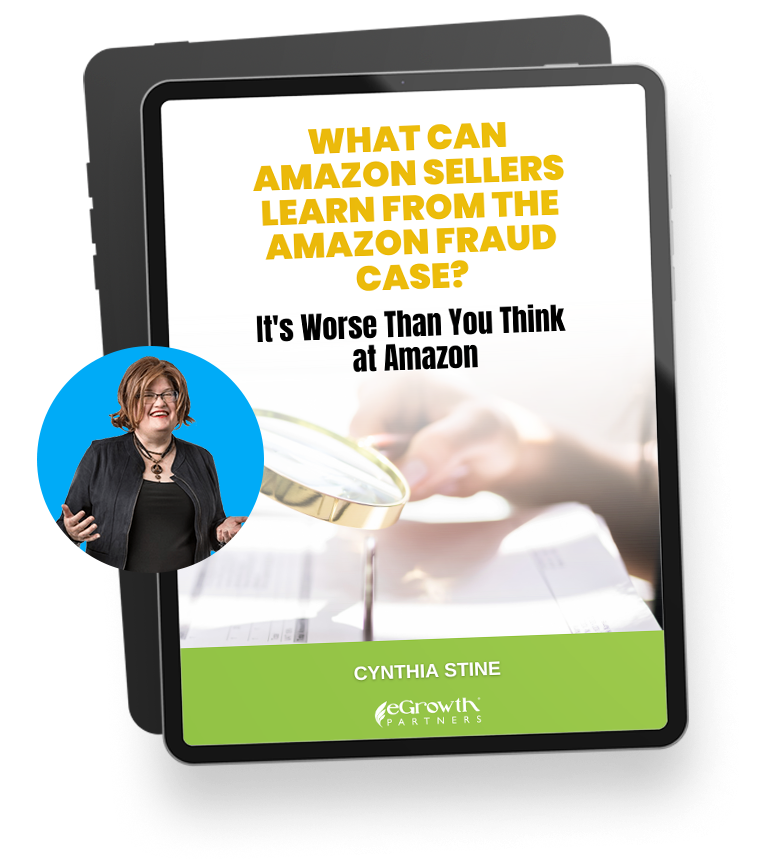
The last couple of years have seen the advent of AI-powered grocery cart technology. Companies like Caper and Veeve have built smart shopping carts with real time barcode scanners and coupons. When a customer places an item, for instance peanut butter, in their cart, the cart automatically adds the price of peanut butter to their grocery total and offers a 10% discount for the peanut butter if a coupon is available. As the customer places items in the cart throughout the grocery store, their grocery total adds up automatically. As they walk through the aisles, personalized recommendations based on past purchase history will pop up on the carts’ screens, assisting their shopping experience. When done, customers check out via Apple Pay or credit card and walk out the door with a contactless checkout.
Compared to Amazon Go, these smart carts may give Amazon a run for their money in grocery stores. While Amazon Go is contactless shopping for smaller square foot stores, the price has been prohibitive to install and use for big-box grocers. Amazon Go makes a lot of sense for a small convenience store/deli type environment where you are grabbing a few items and walking out the door. Veeve or Caper make sense for bigger shopping excursions and are less expensive for retailers to adopt. For instance, Kroger already has a smart shopping app so the AI powered cart would be an extension of this.
Why should Amazon sellers care? Because Amazon is pushing its smart personal recommendation shopping experience into the real world. Consumers appreciate and now expect this service wherever they shop. For brands that sell multi-channel, it is a way to seamlessly tie your online and real world shopping together.
Looking for assistance in managing your time-heavy daily tasks on Amazon?
Expert Amazon Virtual Assistance
I love Amazon’s bookstores because they are incredibly well curated. I can download samples to my kindle, and I can also have anything sent directly to my house or buy it right there. When I’m in New York or Chicago and find a cookbook or game I like, I can send it to my house seamlessly (waiting for a Dallas store!)
This seamless, easy, flexible and fast shopping experience at Amazon bookstores is the same experience Amazon Go and now smart AI shopping carts are trying to replicate. I already have most of my groceries delivered from Kroger, Amazon Fresh or Whole Foods, but sometimes you just need to make a quick run for eggs and bananas. Very soon you will be able to add items to your shopping list through Alexa/Siri or a phone app, have your list populate into your cart so that when you get to the store you already know the aisle to head to, coupons are applied, and then you check out seamlessly via your cart and walk out the door with no lines. Brilliant.
And what if your store is out of “Better than Bouillon organic low sodium?” One click from your store cart while you are staring at the empty shelf and it will be shipped to your house with same day or next day delivery from Amazon or Kroger. No need to go to other stores to see if it is in stock. Stores don’t ever run out of stock because they can get it to buyers from their warehouse quickly. For food manufacturers this is smart and brilliant. Coupons for Kroger will work on the app and be automatically applied on the shopping cart – it doesn’t matter how you shop!
However, grocery stores sell more than food, so I could see this as good news for party supplies, birthday cards, ice chests and so much more. Even more so for Walmart and Target and all the other superstores, so for a multichannel or new brand, this is exciting.
Remember the Amazon bookstore experience from above? They don’t keep a lot of stock at these stores. It is a curated shopping experience where they know most people will either download the books or have them shipped. Grocery stores will be able to test new products the same way with minimal cost, risk or inventory. Stores could have 1-2 items on display that people can see, touch or sample, and then click to have these items sent to their home. When a brand builds demand, the store can then order in volume for the shelves. They can also use their apps and online presence to test new products the same way. Because of online sales data, a brand that is doing well on Amazon may be able to get into Amazon Fresh or Whole Foods much faster and easier than ever before. This gives retailers more items to sell without a huge investment in inventory or expensive shelf space while giving stores an opportunity to try newer, smaller brands.
Where I live in Dallas, we are the grocery test center of the country. Every new version of Oreos, cereal, etc is tested here. If it fails, you’ll never see it in Chicago. Now you can test a product everywhere at the same time for minimal cost compared to today. In two years, every brand or exclusive wholesaler/distributor will be talking about this no matter their distribution channel. They will be able to easily set up cross platform promotions and suggestions with other brands. For example, if you have a new line of spaghetti sauce, you can set up a cross promotion with pasta at the store level and online even if the two products sell in different aisles or are from another brand. Instant bundling! Think about this when you shop for Thanksgiving. The stores set up special shelves and displays for holiday baking. The stuffing is next to spices which are next to turkey basters which are next to marshmallows.
Right now, brands pay a premium for good shelf space. but in the future brands will be able to run promotions digitally from their smart cart. When this switch happens, it won’t matter as much if you aren’t on the special holiday shelf. If you are on the display, your cart can call your attention to it for you. “Shopping for a holiday meal? Head over to aisle 6 for all your needs in one place! From pecans to condensed milk to cranberry sauce, Kroger has you covered!” As you can tell, I’m pretty jazzed about this next generation customer experience.
Veeve and Caper are going to be a lot less expensive than Amazon Go to implement which means better adoption by retailers and a better shopping experience by customers. Amazon is, of course, integrated into itself which is a plus, but Walmart is huge in groceries. This could be a tool for them to pull more sales away from Amazon of everything, not just groceries.
Happy 2022! This year is going to be full of new technology that supports contactless shopping and integrates AI buyer behavior technology. It’s going to be exciting seeing how this changes buyer behavior and seller opportunities.




